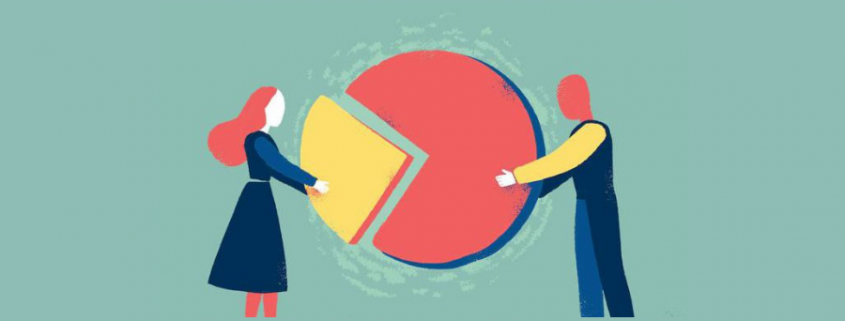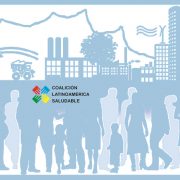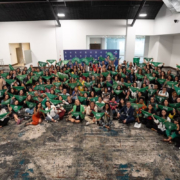The gender wage gap and the struggle for equal pay
Although women are half of the world’s adult population, men continue to occupy leadership positions, hierarchical positions and better paid jobs. The salary difference in your favor is one of the most difficult injustices to make visible and change.
“Below, we offer a google translate version of the original article in Spanish. This translation may not be accurate but serves as a general presentation of the article. For more accurate information, please switch to the Spanish version of the website. In addition, feel free to directly contact in English the person mentioned at the bottom of this article with regards to this topic”.
In Argentina, according to the indices provided by the INDEC and the Ministry of Labor, Employment and Social Security of the Nation, the gender wage gap in 2018 was 27.5%. Therefore, the women had to work one year and three months to get the same as them in just one year. And that gap is even greater if we talk about unregistered workers, since in those cases the difference reaches 36% less compared to the salaries of informal workers.
No work environment is excluded from the aforementioned statistics. This is demonstrated by the reports on the Media and Advertising Agencies carried out by the Fundeps Gender team, in which it was possible to establish what were some of the causes that generated this gap.
According to the data collected in our research on gender and media, only the Clarín Group recognized a 20% wage gap between men and women, while the other companies, both public and private, said that for the same task is paid equal remuneration. Although this was not manifested by almost half of the workers, they did observe discretionary situations in the allocation of salaries. The most common cases we could see were: “radio operators who charge more than their female colleagues on private radios; men who occupy the best rankings in public media, or promotions that do not respect professional careers but are based on gender identities” (see full report).
Regarding the advertising agencies, we observed that women received 21% lower salaries in the hierarchical positions and that in relation to the positions of male employees the total gap amounted to 46% (see full report). This gap it deepens and aggravates more if we take into account that the advertising industry has a female participation parity.
When we ask ourselves why there is a gender wage gap, we understand that they are a bunch of factors that cause it to reproduce and affect us. Within the scope of the media and advertising agencies, several of these factors were identified: the forms of hiring that imply a precarious employment especially for women; the glass ceiling that prevents them from accessing positions of higher rank and salary; That same lack of women in leadership positions that demotivates others to try to aspire to them and the allocation of issues that are not remunerated by media companies.
The sexual division of labor that assigns to women the tasks of care and the home, is one of the biggest sources of wage gap between men and women. Since they spend the most time on reproductive work (invisible and unpaid), they have less time to study, train and work outside the home. This poverty of time makes it difficult for them to access full-time contracts, extended working hours (overtime), which are what often mark the salary difference, in many cases they must accept more flexible jobs (usually precarious and worse payments) and, usually, they end up facing a double working day: they work inside and outside the house.
These causes are transversal and can be observed in other work areas. It is for all this that, in reference to the day of equal pay, we demand economic policies with a gender perspective, which help to close the wage gap and that fight in this way the historical injustice suffered by working women.
Author
Valentina Montero
Contact
Cecilia Bustos Moreschi, cecilia.bustos.moreschi@fundeps.org











